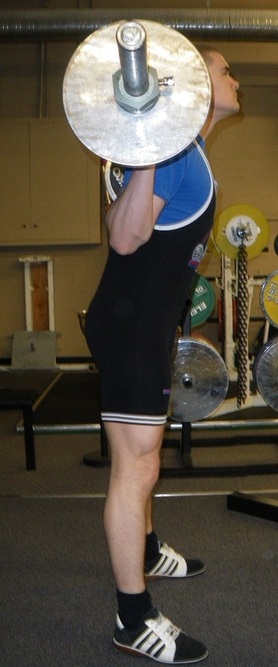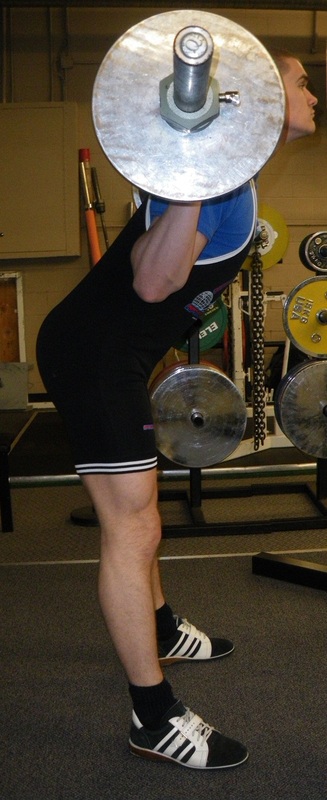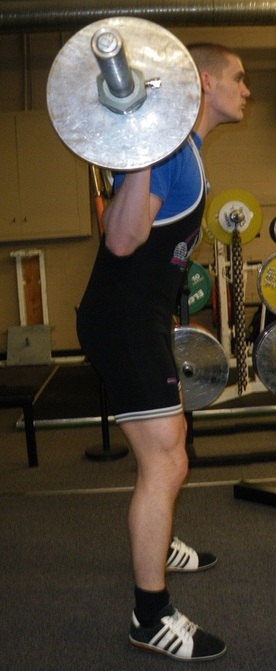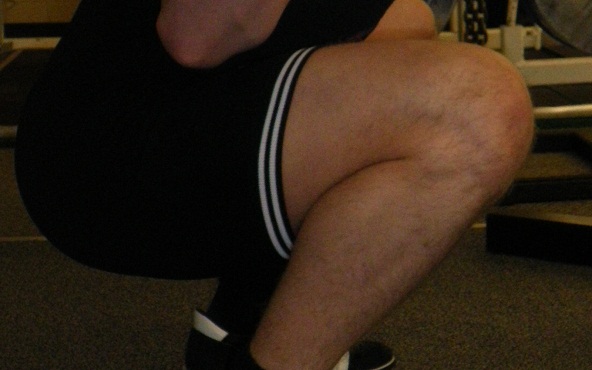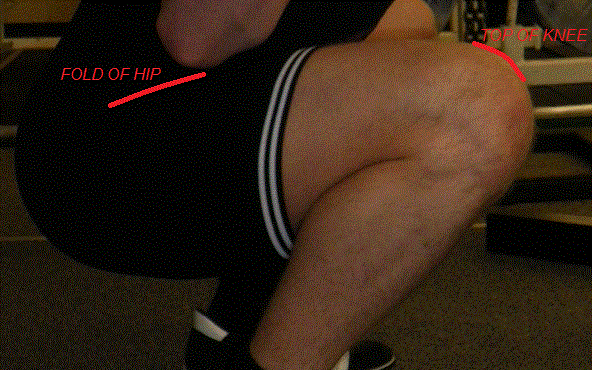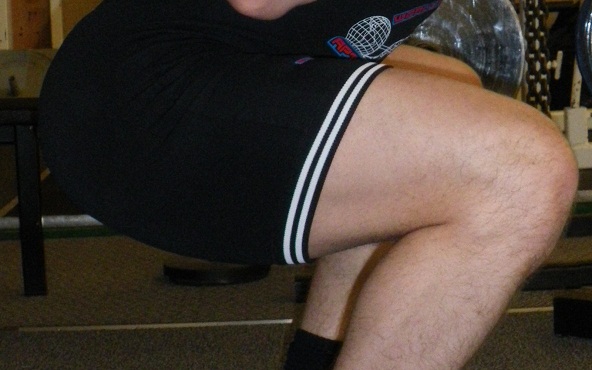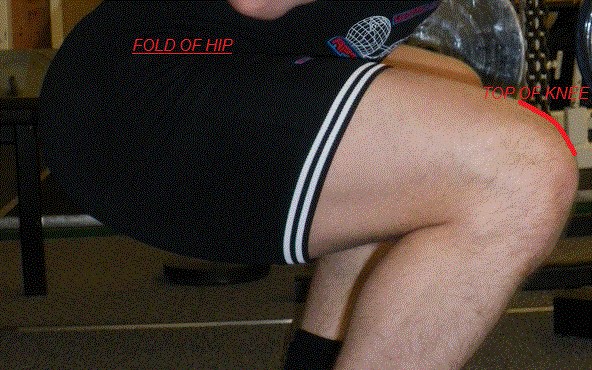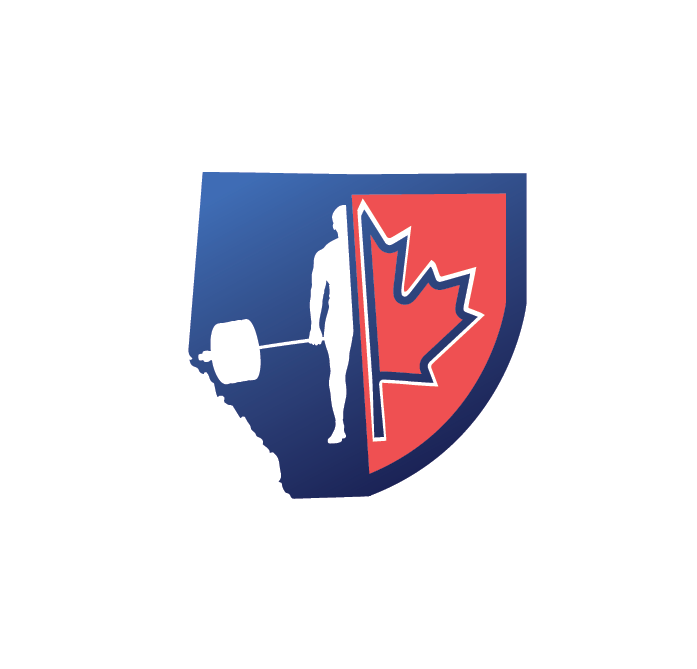Squat Standards
The squat is the first event in a powerlifting competition. The bar is placed on the lifters shoulders and is walked out from the rack. The lifter bends their legs until the crease of the hip is lower than the knee joint, at which point the lifter stands upright finishing the movement as they started.
Athletes are given one minute from when the speaker announces that the bar is loaded to set up, walk out the bar into their stance, and receive the “Squat” command from the Chief Referee. The top two things people do that prevent them from getting a “squat” command are:
1. Not having their knees locked
2. Not standing upright enough
1. Not having their knees locked
2. Not standing upright enough
After the athlete receives the “squat” command, they are to bend their knees until they achieve adequate squat depth, being defined as the fold at your hip descending lower than the top of the leg at the knee. A coach can indicate to their athlete verbally when they have reached depth, to ensure the person achieves adequate range of motion. Following this depth, the athlete can immediately ascend and wait for the “rack” command from the Chief Referee. The "rack" command will be given once the athlete shows that they have control of the bar at the top of the movement.
During a failed squat attempt, athletes are required to stay with the bar and let the spotters guide them back into the rack. It is highly dangerous to drop or dump the bar. There will always be between two and five spotters on the competition platform for athlete safety.
Causes for Disqualification:
- Failure to observe the Chief Referee's signals at the commencement or completion of a lift.
- Double bouncing at the bottom of the lift, or and downward movement during the ascent.
- Failure to assume an upright position with the knees locked at the commencement or completion of the lift.
- Stepping forward or backward or moving the feet laterally. Rocking the feet between the ball and heel is permitted.
- Contact with the bar or the lifter by the spotter/loaders between the Chief Referee's signals in order to make the lift easier.
- Contact of the elbows or upper arms with the legs. Slight contact is permitted if there is no supporting that might aid the lifter.
- Any dropping or dumping of the bar after completion of the lift.
- Failure to comply with any of the items outlined under the Rules of Performance for the squat in the IPF Technical Handbook.
